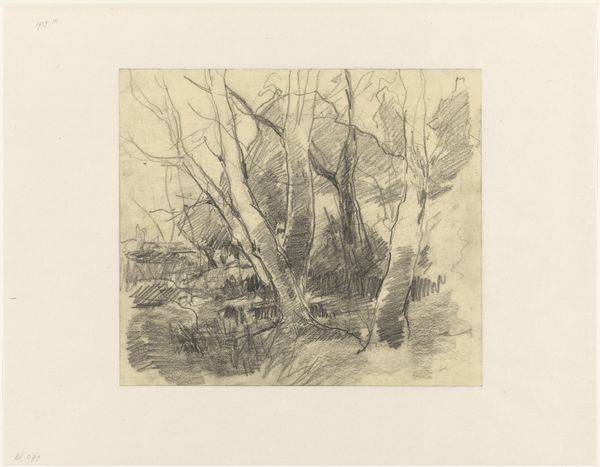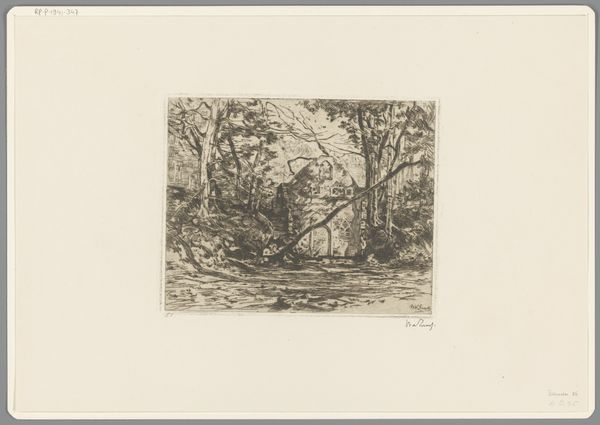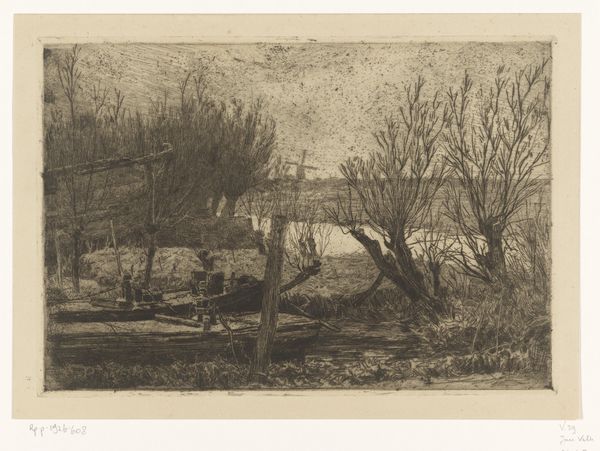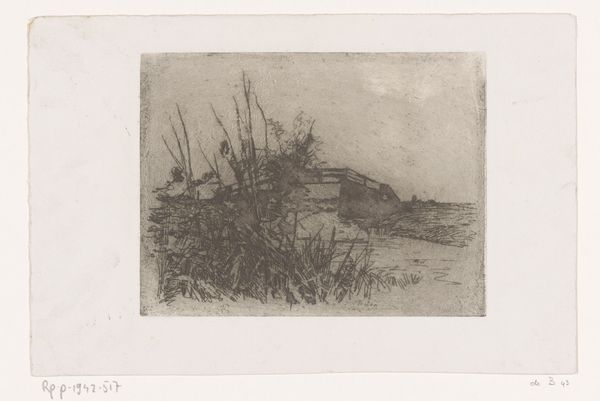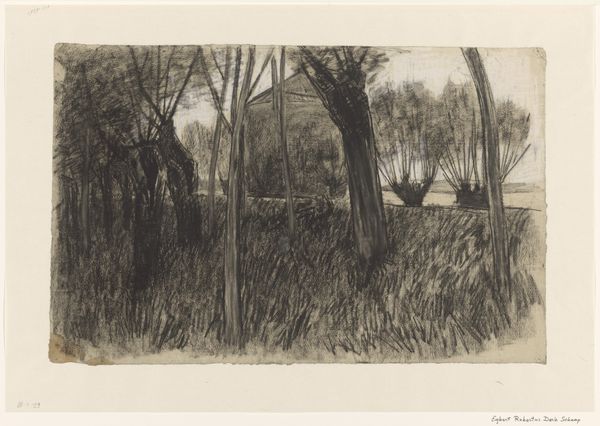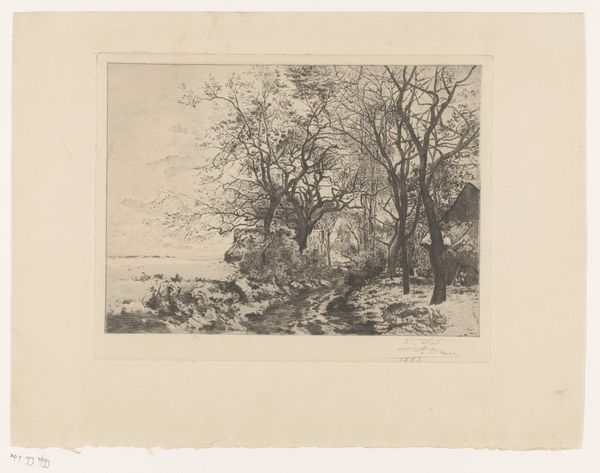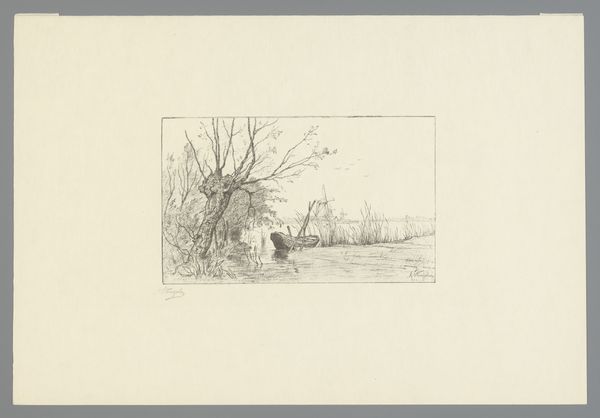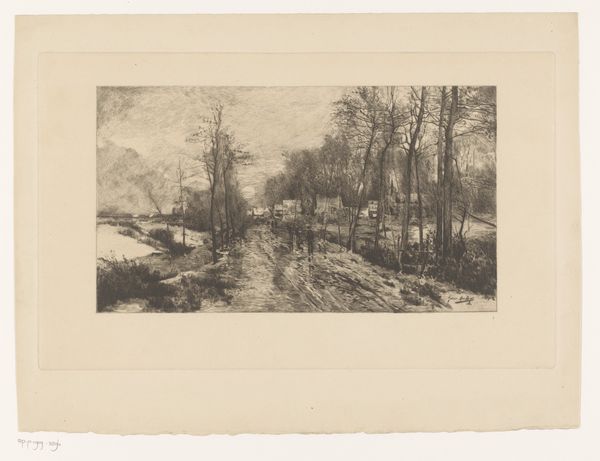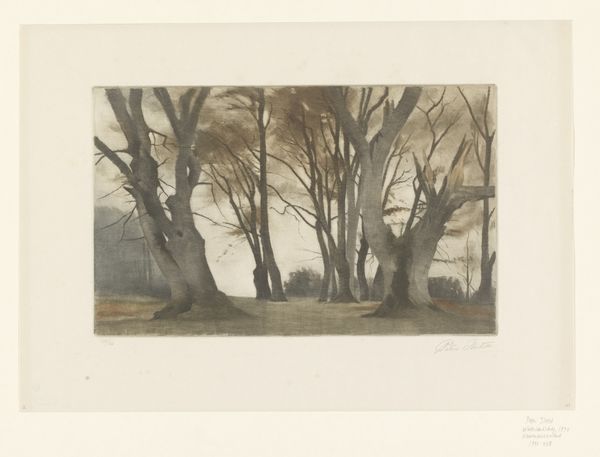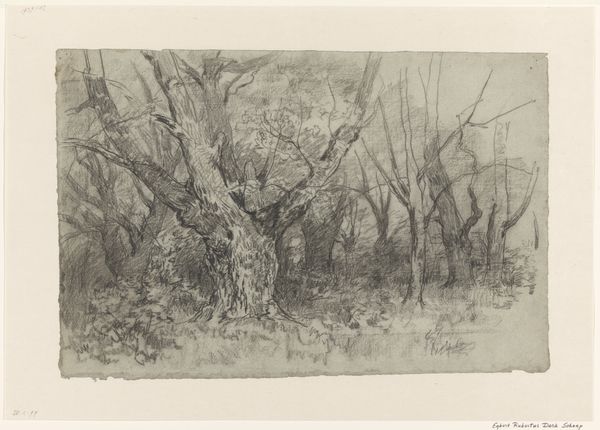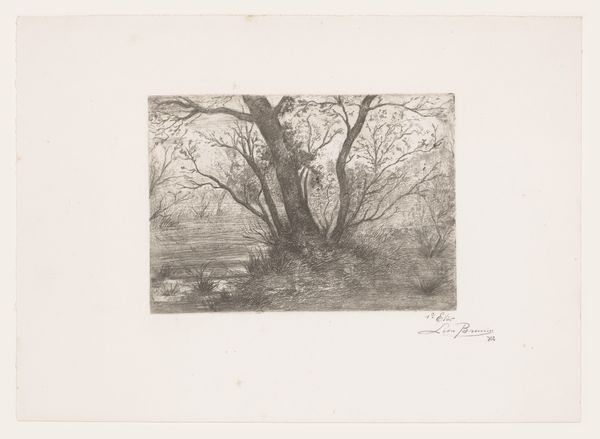
drawing, paper, pencil
#
drawing
#
pencil sketch
#
landscape
#
paper
#
pencil
#
realism
Dimensions: height 272 mm, width 319 mm
Copyright: Rijks Museum: Open Domain
Editor: This drawing, "Landschap met bomen," or "Landscape with Trees," by Egbert Rubertus Derk Schaap, was made sometime between 1872 and 1939, using pencil on paper. It feels so quiet and unassuming. What strikes you about this piece? Curator: For me, the seeming simplicity is deceiving. We must consider what "landscape" represented during this period – not merely a scene, but a constructed idea deeply intertwined with notions of nationhood, ownership, and even colonial expansion. Whose landscape is being depicted here, and whose story remains untold? Editor: That's fascinating; I hadn't considered the political implications. So, by choosing this subject matter, Schaap is inherently participating in a dialogue about land and power? Curator: Precisely. Even the act of sketching – a seemingly innocent artistic practice – can be interpreted as an act of claiming, of possessing. Consider, too, the use of pencil, a readily accessible medium. Does this democratize art-making, or simply replicate existing power structures on a smaller scale? Who had access to art education at that time? Editor: That's a really thought-provoking way to consider it. I guess I had just seen it as a simple, observational study. Curator: And there’s value in that initial impression, but art invites us to dig deeper. The play of light and shadow, the composition itself - how might these visual elements reinforce or challenge existing social hierarchies? Editor: This has really shifted my perspective. I see now that even a simple landscape drawing can be a complex statement about society. Curator: Exactly. And questioning these underlying assumptions is crucial to a richer, more nuanced understanding of art history and its continuing relevance today.
Comments
No comments
Be the first to comment and join the conversation on the ultimate creative platform.
